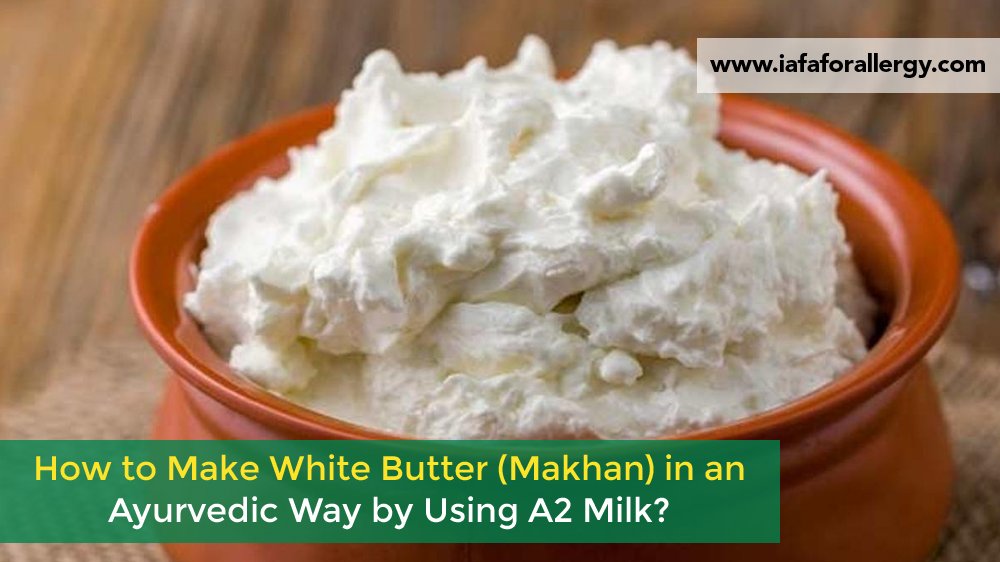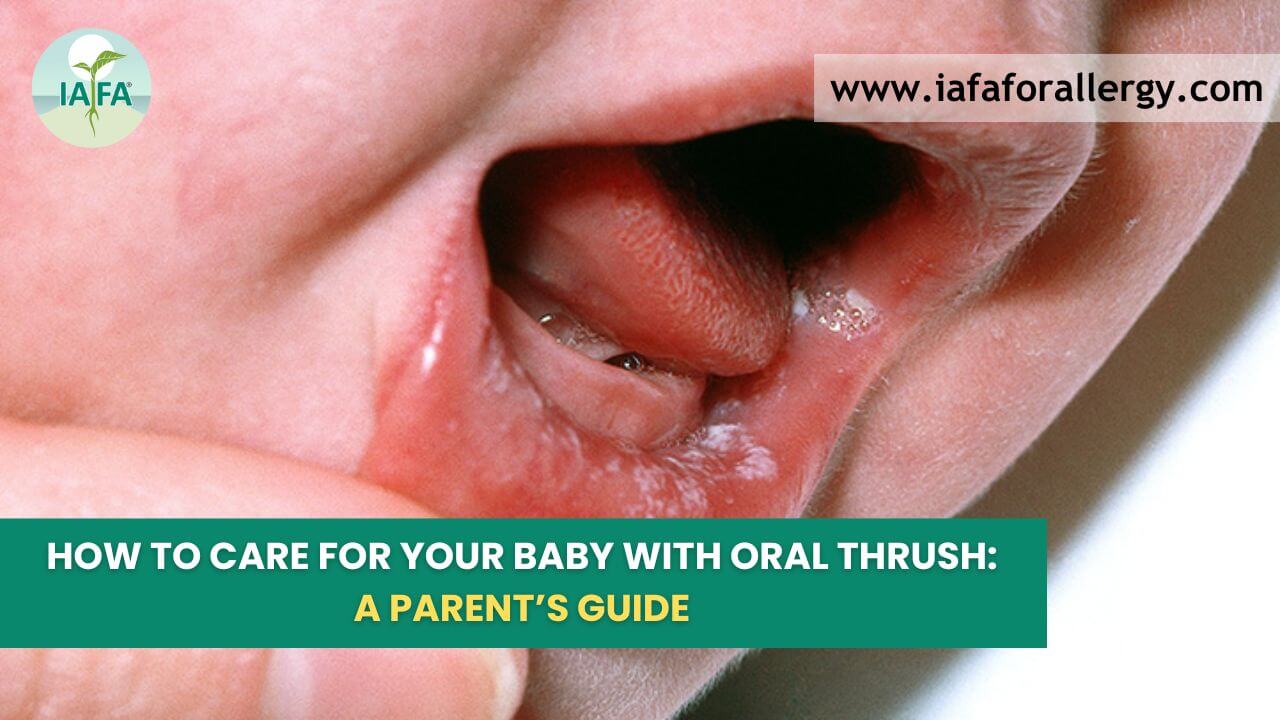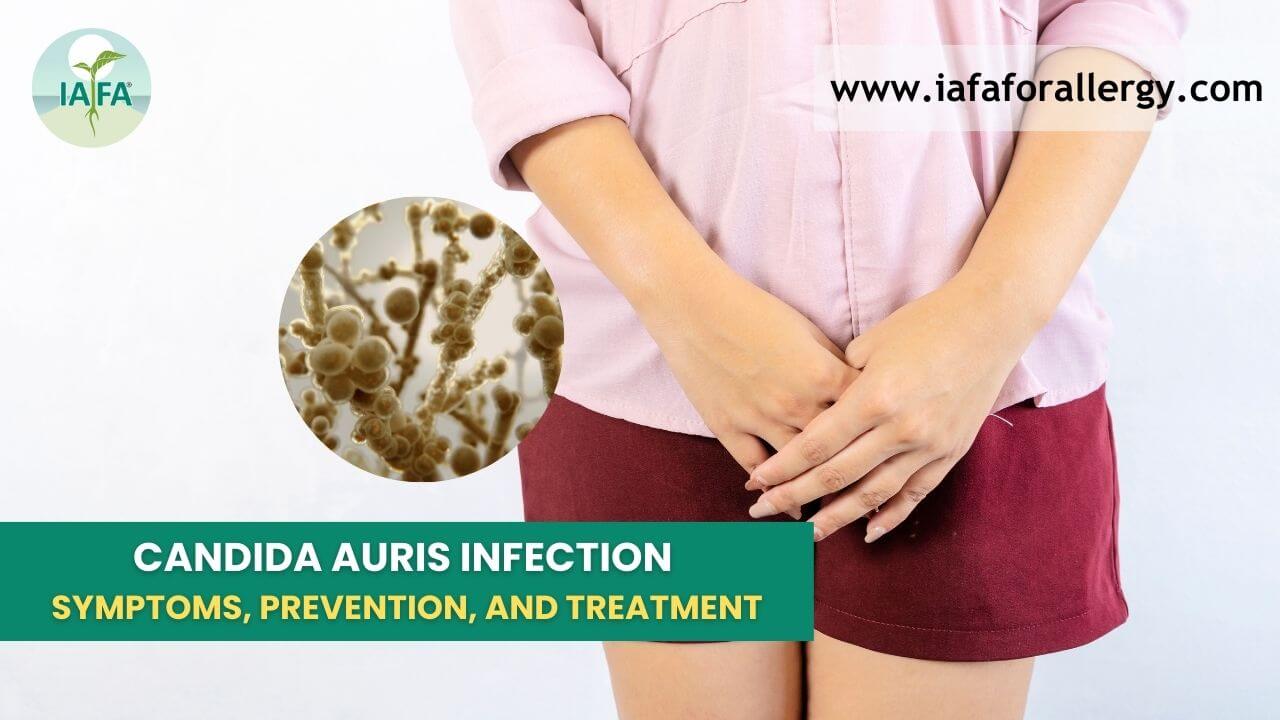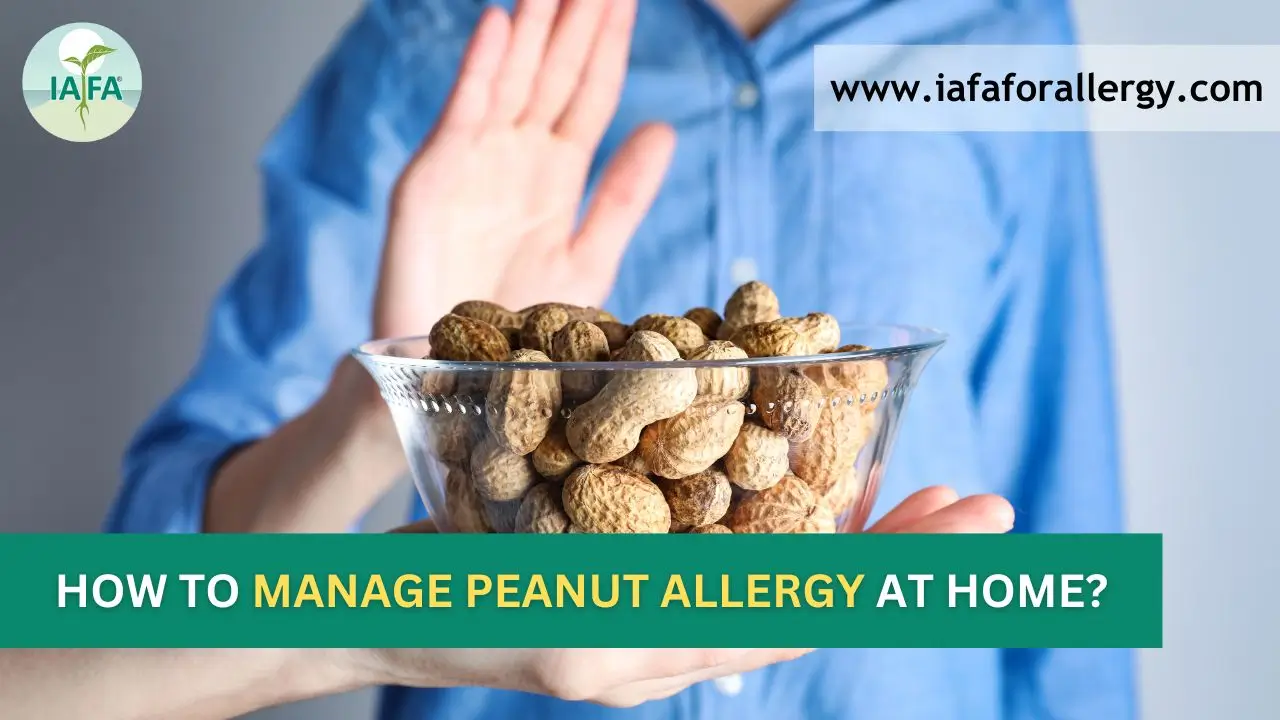White Butter has immense benefits as per Ayurveda. So, we have explained in the simplest way how to make butter at home using A2 milk. It acts as a coolant, nourishes the body, nourishes and lustre the skin, retains moisture, heals the bleeding Haemorrhoids (Arsha), Anaemia (Pandu roga) and reduces eye redness and irritation (Netra Abhishyanda). A point to remember, butter gives its 100% only when it is consumed in a natural way made from natural milk. But unfortunately nowadays in the markets butter sold is mostly made from pasteurised milk or milk with artificial sweeteners and chemicals. Ayurveda always advises avoiding food that is not compatible with our bodies.
Synonyms of Butter
White Butter, Makhan, Venna, Venney, Benne, Makhana, Navaneet
Making Butter at Home
Ayurveda suggests two ways of making butter at home:-
- Using A2 milk cream
- Using curd made from A2 milk.
1. Using A2 Milk Cream:
Take A2 milk and boil in an earthen pot or copper vessel, whichever is available to you.
Read – Traditional Ayurvedic Method (Correct Way) to Boil Milk in An Earthen Pot
We have explained in detail how to boil A2 milk in the above-mentioned article. But in brief, there are certain points you have to remember while boiling A2 milk.
- Choose A2 milk and boil it in an earthen pot or copper vessel.
- Boil A2 milk optimally. Let it come around 100°C.
- Do not under-boil or over-boil it.
- Over-boiling kills the essential bacteria and changes the taste of milk too.
- Under-boiling leaves the harmful bacteria intact with the milk.
- Do not add excess water to the milk, especially when you want to make butter or ghee out of A2 milk.
- Notice the milk cream can be formed as a layer on the milk.
- It is an indication to turn off the flame.
After boiling the milk, let it cool down to around 80°C and collect the milk cream carefully.
Collect the milk cream and store it in a cool place until you get 200-300 gms of milk cream ready for making butter.
Once you have a sufficient amount of milk cream, take the milk cream and mix it with curd or buttermilk and keep it aside overnight without disturbing it.
Now, churn it the next day using a wooden churner manually or stainless steel churner. Churn until you notice butter getting separated.
You have to stop churning once you notice a layer of butter, otherwise, the butter gets melted and the yield will be less.
2. Using Curd Made from A2 Milk:
First, you have to curdle the milk traditionally using A2 milk to retain all its nutrients and vital vitamins.
Read – Traditional Way of Making Perfect Curd from A2 Milk (Correct Way)
In the above article, we have mentioned detailly the traditional method of making perfect curd at home using A2 milk and its benefits as per Ayurveda. Consider reading it.
Once you have curdled the curd using A2 milk, take the natural curd and add around ¾ of purified cold water to make it buttermilk.
Now, churn the buttermilk either in the way we have indicated above or you can easily churn it by transferring it into a bottle and shaking it until a layer of butter is noticed.
Collect the butter, and remember not to shake it vigorously, else the butter gets melted.
What’s the Difference Between Butter Made from Curd and Milk Cream?
Butter Made from Milk Cream:
Milk cream has a sweet taste and so the butter made from milk cream retains that sweet flavour and has Kapha dosha dominant properties.
Who Can Have It?
- People who have dominant Kapha dosha should avoid it.
- It balances the dominant Pitta dosha, so people with high Pitta and Vata dishes can have it.
Butter Made from Curd:
As the curd is curdled, some sour flavour will be added to the curd reducing its sweet taste a bit. So it has less Kapha dosha dominance.
Who Can Have It?
- People with high Pitta and Vata dosha can choose the butter made from milk cream rather than this butter or can have this in a minimum quantity.
- This butter is best for people with dominant Kapha dosha.
Final Verdict
As per Ayurveda, butter has plenty of benefits and has good fatty acids that can’t be found in any other foods. Consuming a teaspoon full of butter every day promotes decent health. It is good for the skin, promotes beneficial fat consumption along with jaggery everyday, increases appetite and heals the bleeding piles, and is also used for dry lips. Ayurveda advises one to consume butter made from curd or butter made from milk cream based on one’s dominant doshas. As this butter is made from A2 milk it has no allergy-causing properties and can be consumed happily. If you still have any kind of milk allergies or food allergies or nasal allergies, consult IAFA® and book an online consultation with Dr. Sahil Gupta. IAFA® provides you with the best holistic ayurvedic therapy along with an Ayurvedic diet.









